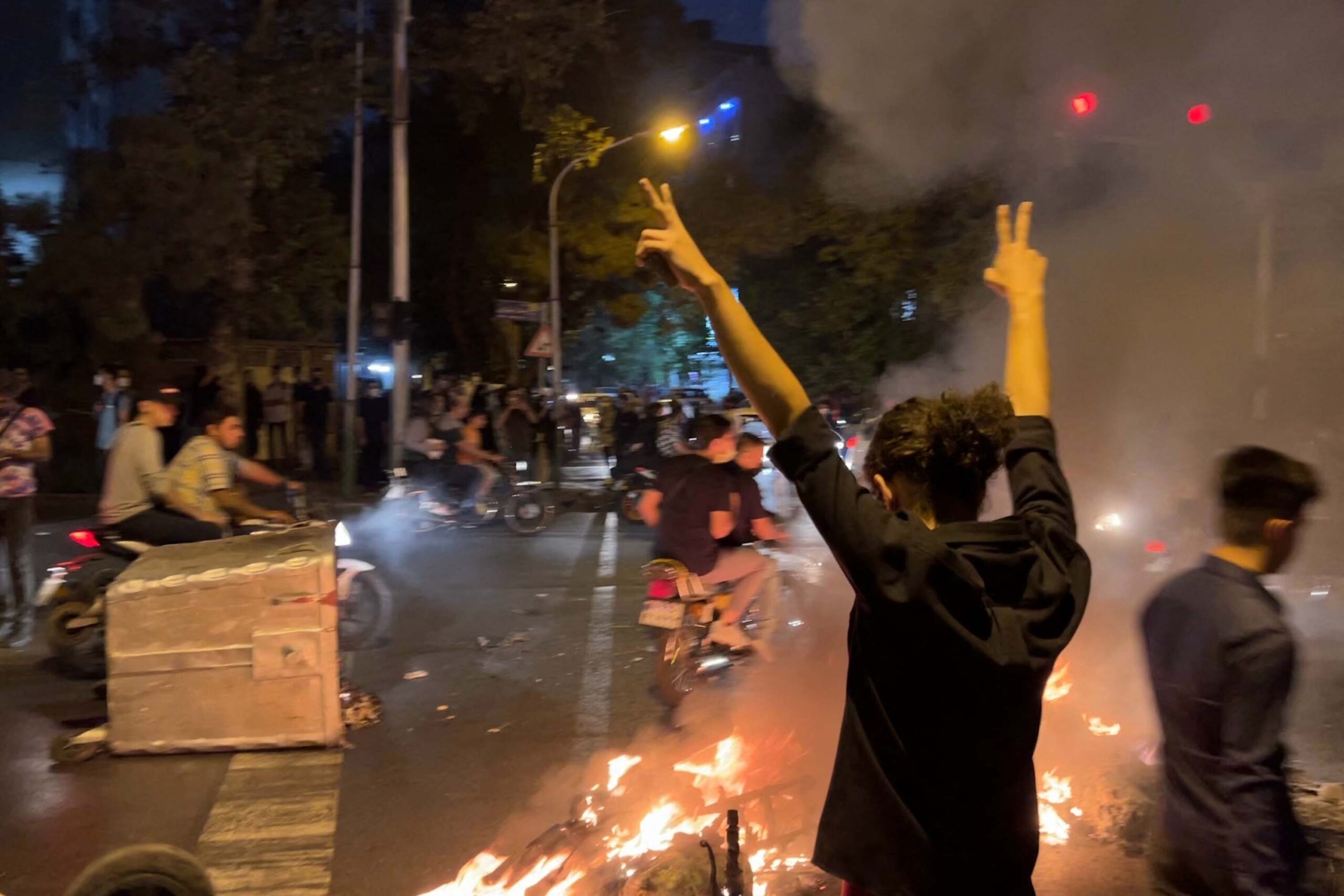Momentum of nationwide protests and strikes in Iran likely to continue decreasing into late February amid government crackdown.
The momentum of the nationwide anti-government protests and labor strikes taking place in Iran will probably continue to wane gradually into at least late February as authorities pursue their ongoing crackdown. Nevertheless, the protest movement is unlikely to abate completely. Street demonstrations will persist for the foreseeable future, albeit at a lower intensity; activists could begin resorting to other strategies and methods to keep up pressure on authorities. Still, protests could quickly return to previous levels in response to any major controversial move by the administration.
Some labor organizations have launched periodic strikes to demand justice and show solidarity with the protesters. However, given that a significant portion of the nation’s economy is controlled by the Islamic Revolutionary Guard Corps (IRGC), the impact of such industrial actions will likely remain limited.
With civil unrest having occurred in nearly 200 cities across the country, including in Tehran, Isfahan, Mashhad, Karaj, Tabriz, Ahvaz, and Shiraz, the government is showing no concrete signs of backing down from its forceful response. Security personnel will continue to use live ammunition in response to any protests that materialize, with authorities appearing to be particularly prone to the use of lethal force in Kurdish, Balochi, Arab, and Azeri cities and towns. Human rights organizations assert that over 500 protesters, including dozens of children, have been killed, and hundreds of others have been wounded during the unrest. Beyond a violent crackdown in Kurdistan Province, the IRGC has been conducting airstrikes in Iraqi Kurdistan targeting Iranian Kurdish separatist groups for allegedly fomenting the civil unrest engulfing Iran.
Authorities have also arrested thousands of people and continue to detain activists in an attempt to subdue the civil unrest. As part of its effort to keep up the pressure on opposition activists, the government has apparently begun executing some protesters following hasty trials in which they are convicted on charges of attacking members of the country’s security establishment; two such persons were hanged in December followed by another two in early January.
Against this backdrop, Iran’s security agencies have also increased their surveillance and harassment of foreign visitors to the country. Authorities have also frequently imposed internet restrictions in an effort to hamper activists’ ability to mobilize support. A very tight security posture will almost certainly remain in place in major cities.
Context
The protests initially broke out in mid-September in direct response to the death of Mahsa Amini, a Kurdish woman, while in the custody of Iran’s Gasht-e-Ershad or morality police; Amini was charged with violating the nation’s laws requiring women to wear hijabs and head scarfs. However, the movement has essentially evolved into a national revolt against the Iranian government and its security apparatus, with Amini’s death becoming a rallying cry for millions of Iranians who are demanding a new government.
While the government’s latest tactic of instilling fear by trying activists and sentencing them to death will almost certainly have a noticeable chilling effect on the protest movement in the near term, it remains unclear how long it will succeed. Indeed, it could ultimately backfire with civil unrest returning to previous levels, particularly if prominent movement leaders or a large number of protesters are given death sentences and executed.
Advice
Consider deferring nonessential travel to Iran until the situation stabilizes. Avoid all large gatherings and areas where security forces have deployed. Plan for ground transport disruptions and allow extra time to reach destinations in major cities, especially near likely protest locations such as public squares and government buildings. Heed the instructions of security personnel. If violence breaks out nearby, leave the area immediately and seek shelter in a secure, nongovernmental building. Maintain contact with your diplomatic representation.









